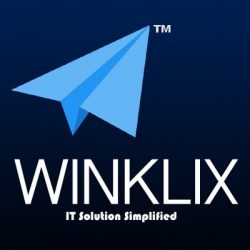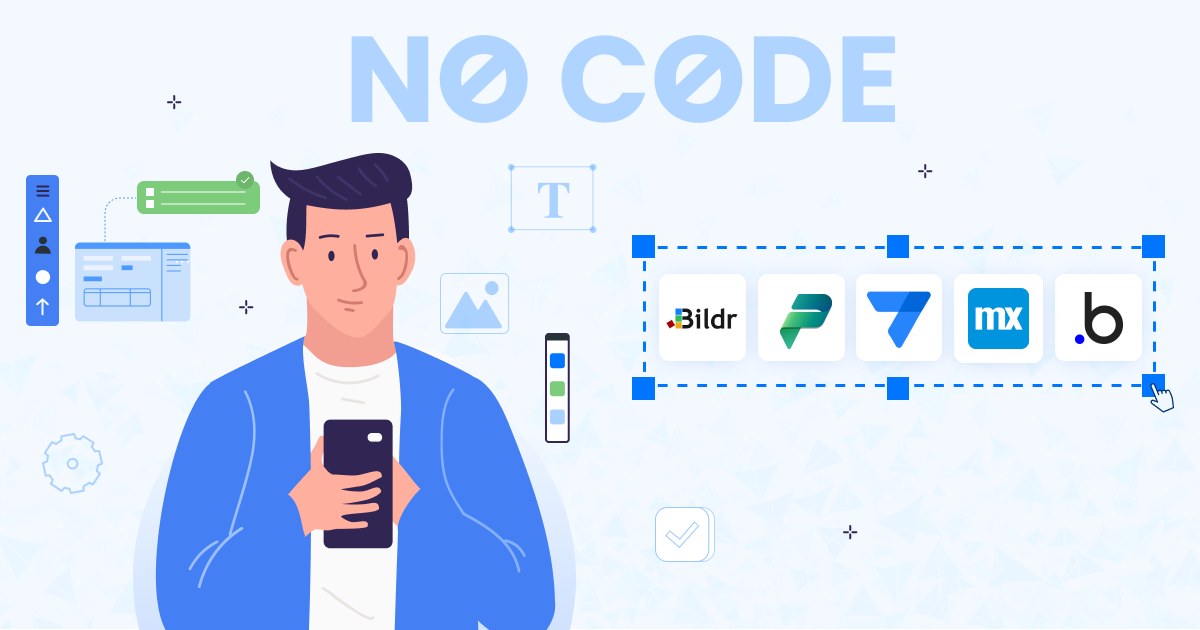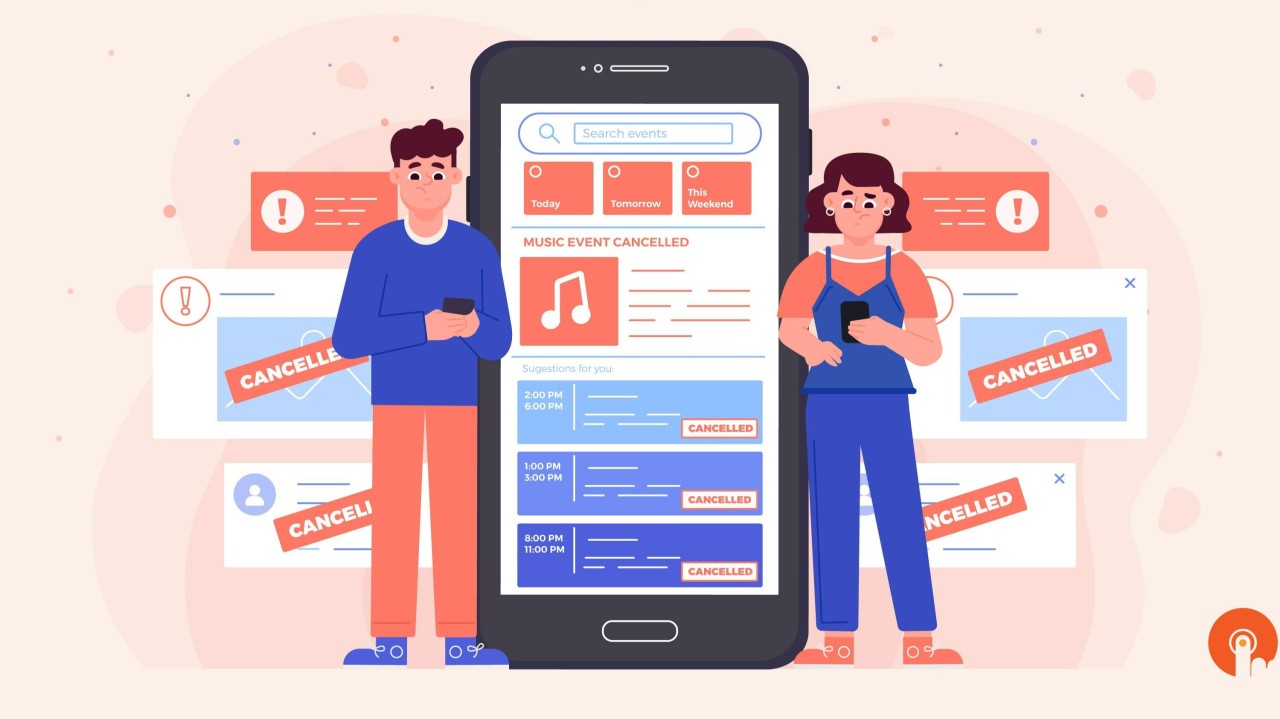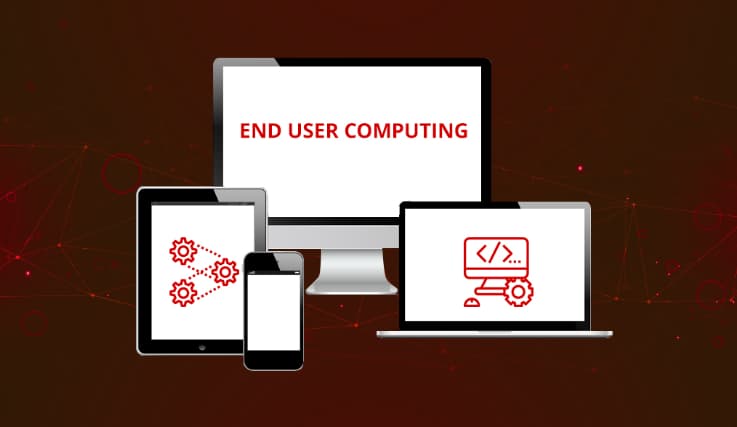The world of Salesforce is constantly evolving, and one of the most significant shifts we’re witnessing is the rise of low-code/no-code platforms. These tools are democratizing development, empowering users with varying technical skills to build powerful Salesforce solutions. Gone are the days when complex customizations were solely the domain of seasoned developers. Today, even business analysts and administrators can create robust applications, workflows, and automations, accelerating digital transformation and boosting productivity.
What is Low-Code/No-Code and Why is it Revolutionary?
Low-code/no-code platforms provide visual interfaces and drag-and-drop functionalities, minimizing the need for traditional coding. This allows users to:
- Rapidly Prototype and Deploy: Build applications and features faster than ever before.
- Empower Business Users: Enable those closest to the business problems to create solutions.
- Reduce Development Costs: Minimize reliance on expensive, specialized developers for routine tasks.
- Increase Agility: Adapt quickly to changing business requirements.
- Improve Collaboration: Foster better communication between business and IT teams.
Salesforce and the Low-Code/No-Code Advantage
Salesforce has embraced this revolution with tools like Lightning App Builder, Flow Builder, and Process Builder. These tools allow users to:
- Create custom user interfaces with drag-and-drop ease.
- Automate complex business processes without writing a single line of code.
- Build interactive workflows that guide users through key tasks.
- Integrate with other systems using point-and-click interfaces.
The Impact on Salesforce Professionals
This shift doesn’t mean the end of traditional coding. Instead, it’s transforming the roles of Salesforce professionals.
- Salesforce Developers in New York: While low-code/no-code handles many tasks, complex integrations and highly customized solutions still require skilled developers. Their focus shifts towards more intricate coding, API integrations, and performance optimization.
- Salesforce Consultants in New York: Consultants are now more focused on helping clients understand and leverage these tools effectively. They guide businesses in identifying use cases, designing solutions, and ensuring alignment with strategic goals. A strong understanding of the low code no code landscape is now vital for any offering services.
- The need for a strong understanding of the Salesforce Platform: Whether you are a salesforce developer in new york, in depth knowledge of the salesforce platform is now more important than ever.
Navigating the Low-Code/No-Code Landscape
While low-code/no-code offers tremendous benefits, it’s essential to approach it strategically.
- Start with Clear Business Requirements: Define your goals and use cases before diving into development.
- Choose the Right Tools: Select tools that align with your specific needs and technical expertise.
- Prioritize Governance and Security: Establish clear guidelines for development and deployment.
- Invest in Training: Ensure your team is proficient in using the chosen low-code/no-code platforms.
- Partner with Experienced Professionals: Engage with experienced salesforce consultants in new york to ensure successful implementation.
The Future of Salesforce Development
The low-code/no-code revolution is here to stay. It’s empowering businesses to innovate faster, reduce costs, and adapt to the ever-changing digital landscape. For businesses in New York looking to maximize their Salesforce investment, partnering with a knowledgeable salesforce consulting partner in new york is crucial. By embracing these tools and adapting to the evolving roles of Salesforce professionals, organizations can unlock the full potential of their Salesforce platform and drive significant business value.




